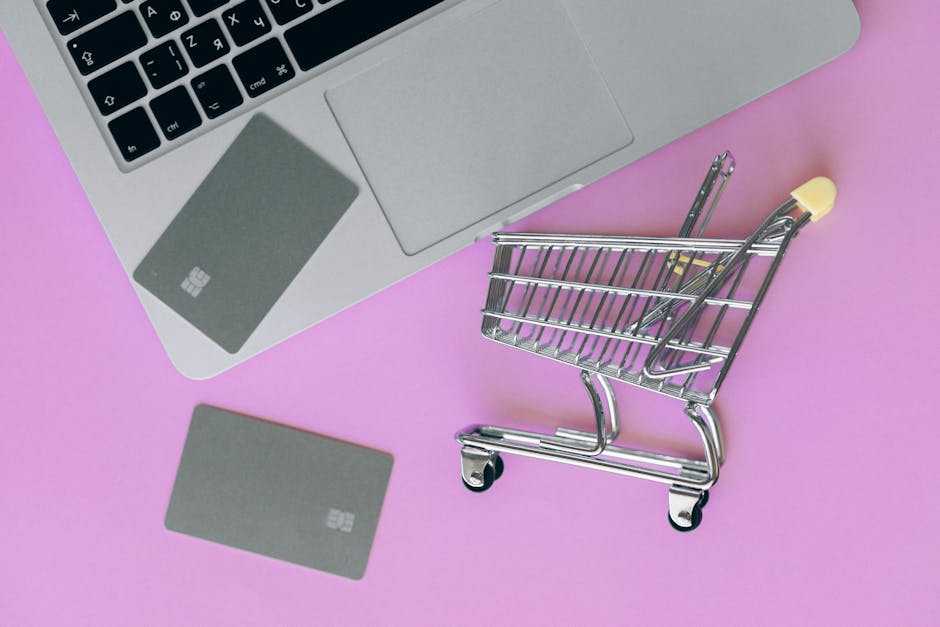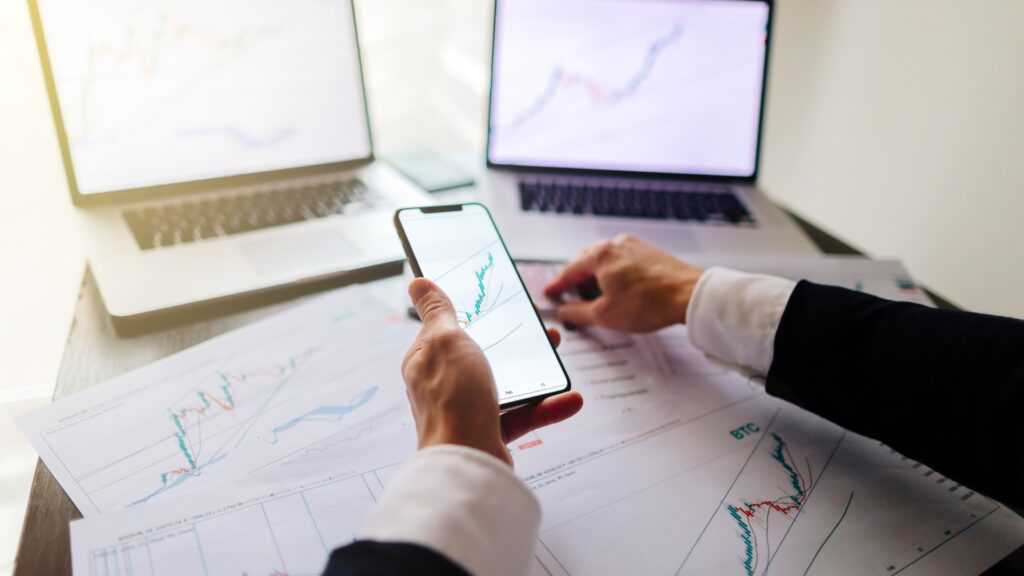What’s Driving the Surge
E commerce didn’t explode by accident it’s been built on the back of solid infrastructure and behavioral shifts. First, internet access has gone wide. Billions of people around the globe are now connected, and more importantly, they’re mobile. For many in emerging markets, the smartphone is the first and only screen, making mobile shopping second nature.
Behind the scenes, cloud infrastructure and fintech advancements are doing the heavy lifting. Reliable, scalable backend systems mean digital stores can spin up fast and serve across borders. Digital wallets, buy now pay later models, and frictionless checkout flows are making it easier for anyone anywhere to buy or sell online.
Add in serious improvements to cross border logistics: smarter fulfillment networks, faster customs processing, and better last mile delivery. These shifts mean that ordering something from another continent no longer feels like a moonshot. Global commerce has gone from clunky to click and go opening the door for nimble brands and indie sellers to go international by default.
Key Global E Commerce Trends
Small businesses and startups are no longer waiting years to establish an international footprint they’re doing it from day one. Thanks to borderless platforms and accessible digital tools, products designed in a bedroom can now reach customers in Berlin, Bogotá, or Bangkok overnight.
In many emerging economies, mobile first isn’t just a trend it’s the default. Entire generations skipped desktops and shop exclusively from phones. For e commerce sellers, this shifts priorities. If your store loads slowly on 3G or the checkout UX is clunky, you’re already losing.
Online marketplaces like Amazon, Shopee, and Jumia have become launchpads for global brands. They offer reach, logistics, and built in trust especially helpful when buyers are unsure about unfamiliar cross border sellers. This has made it easier for micro and midsize players to look and act like the big names.
What’s more, trust in digital payments has grown. Secure banking APIs, mobile wallets, and buyer protection systems help remove friction from transactions. Less friction means more sales and more people willing to buy from beyond their borders.
Global trade isn’t just faster it’s smarter, leaner, and more accessible than ever.
Digital Trade is More Than Online Shopping

E commerce has moved far beyond shipping physical goods. Now it’s powering global movement of digital services think software subscriptions, media rights, cloud storage, and cross border consulting. For many businesses, selling bytes has become more profitable than boxes.
This shift means data is the new cargo. Cross border data flows are now critical to trade deals, woven into the language of international policy. Countries are negotiating not just tariffs but how data can legally move, where it gets stored, and under what conditions companies can access or process it.
With that scale comes risk. Secure digital identities and trustworthy cybersecurity systems are no longer optional they’re foundational. Whether you’re spinning up a SaaS product in Canada for users in Brazil or offering design services from Indonesia to clients in Germany, digital trust is currency. If the connection isn’t safe, the deal doesn’t happen.
Digital trade isn’t just a new chapter it’s a whole different book. And the global economy is writing it in real time.
Governments and Policy: Playing Catch Up
The pace of digital commerce has outstripped traditional trade laws. Many current regulations were built for a world where goods crossed borders in shipping containers, not through fiber optic cables. Now, governments are scrambling to catch up.
Countries are starting to negotiate digital trade agreements that address today’s realities standardizing how data moves between nations, tackling digital taxation, and finding common ground on privacy and security. The aim: reduce friction for businesses operating across borders, especially small to mid sized e commerce players who get stuck in red tape.
Meanwhile, developing regions aren’t waiting around. Instead of slowly upgrading physical infrastructure, they’re going digital from the start launching mobile first government services, accepting crypto payments, and using cloud solutions instead of legacy systems. In many ways, they’re skipping outdated steps altogether.
For a deeper dive on how digital trade is transforming global commerce, check out these digital trade insights.
What It Means for Entrepreneurs & Brands
Going global used to mean years of planning, big budgets, and local partnerships. Now, niche brands and solo entrepreneurs can reach international audiences in weeks not years. Digital platforms, online marketplaces, and turnkey logistics services have made global scalability a real option for small players.
Still, it’s not without growing pains. Localization isn’t just translating your site it’s making sure product names, visuals, and tone actually make sense in a different culture. Then there’s the maze of cross border taxes, customs, and shipping fees that can eat into your margins fast if you’re not prepared.
But on the upside, precision digital marketing means you don’t have to market to everyone. You can run ads that hit exactly the right micro audience vegan beauty in Tokyo, vintage bike gear in Copenhagen, or digital art tools in São Paulo. Success comes down to being agile, culturally aware, and ready to adapt your message and operations for wherever your audience is.
Brands that thrive don’t just export they embed. They understand the market, speak the language (literally and stylistically), and deliver in a way that feels native, not foreign.
Looking Ahead
The next chapter of digital trade is being written by algorithms and ambition. Expect AI to play a much larger role not just in backend logistics or inventory, but in shaping the customer experience from first click to checkout. Smart automation is now making it possible to serve tailored recommendations to audiences, manage support in multiple languages, and even localize marketing material at scale.
More game changing: access. Micro entrepreneurs in remote or underserved areas can now enter global commerce using platforms that handle everything from payments to delivery. The barriers to entry haven’t disappeared, but they’ve dropped further than ever before. What was once a privilege selling internationally is now becoming a possibility for anyone with a product and internet access.
Ultimately, international e commerce won’t be a bold move it’ll be business as usual. Digital first trade is fast becoming the standard, not the outlier. For creators, brands, and buyers alike, global commerce just went from optional to expected.
Still curious? Explore more expert digital trade insights to stay ahead of the curve.



